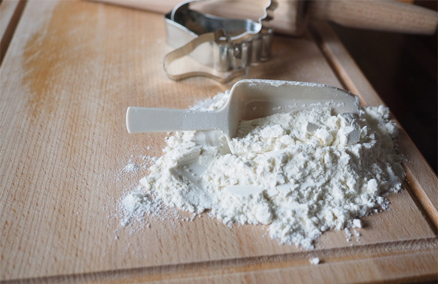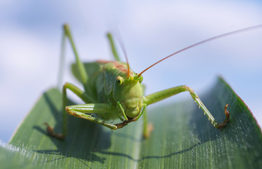Best practices for storing flour to prevent insect development

This abstract discusses best storage practices to prevent insects from hatching from eggs that may be present in flour.
Rabbi Yoel Friedemann discusses the ruling of the Terumat HaDeshen about the presence of insects in flour, and addresses the many halachic differences between the situation in the times of the Rishonim and the situation today in a halachic and practical sense. Today, after flour is milled in Israel it can safely be considered insect-free, but eggs may certainly be present.
Rabbi David Eigner discusses ways to ensure that eggs do not hatch in the flour. Since insect eggs are the size of grains of flour, there is no way possible to sift them out of the flour, and these eggs can go right through all of the siftings and develop into larvae after the flour is milled. For this reason, it is important to store flour in conditions that do not support insect development.
There are two main methods used to store flour so that it will not need to further sifting:
- Refrigeration/freezing.
Storage at a temperature that does not allow for unwanted organisms to develop. The advantage of this system is that insects are cold-blooded; that is, their blood temperature depends on environmental conditions. Under 15oC their developmental processes stop, while under 0oC they begin to die. For this reason, customers should store first freeze the flour for a week, and then refrigerate it to prevent insects from hatching from any eggs that might have survived. While taking flour out of the refrigerator for a few hours does not allow for eggs to develop into larvae, leaving flour at room temperature for more than 24 hours does.
- Storing the flour in a modified atmosphere.
Removing oxygen from the product by creating a low atmospheric pressure (vacuum packaging); or alternatively, replacing environmental oxygen with a different gas—nitrogen or carbon dioxide—since without oxygen there is no life, so organisms cannot develop. The success of this method depends on whether the packaging is completely sealed, and that there is less than 3% of oxygen inside to ensure that any insects or eggs will die. When purchasing vacuum-packed items, customers should check the packaging to make sure it is sealed completely and not punctured in any way. It is recommended to refrigerate this flour as well.




